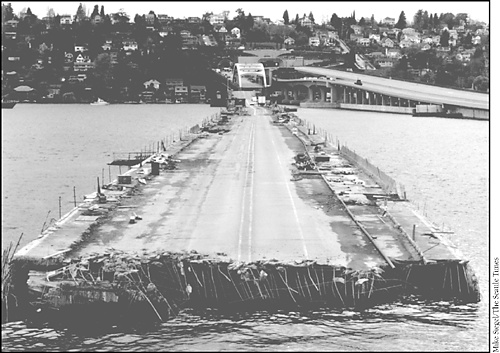Related Topics
Information hiding: "Hide Secrets (Information Hiding)" in Design Building Blocks: Heuristics
Design for change: "Identify Areas Likely to Change" in Design Building Blocks: Heuristics
Software architecture: Architecture Prerequisite
Design in Construction: Chapter 5
Debugging: Chapter 23
Defensive programming doesn't mean being defensive about your programming—"It does so work!" The idea is based on defensive driving. In defensive driving, you adopt the mind-set that you're never sure what the other drivers are going to do. That way, you make sure that if they do something dangerous you won't be hurt. You take responsibility for protecting yourself even when it might be the other driver's fault. In defensive programming, the main idea is that if a routine is passed bad data, it won't be hurt, even if the bad data is another routine's fault. More generally, it's the recognition that programs will have problems and modifications, and that a smart programmer will develop code accordingly.
This chapter describes how to protect yourself from the cold, cruel world of invalid data, events that can "never" happen, and other programmers' mistakes. If you're an experienced programmer, you might skip the next section on handling input data and begin with Assertions, which reviews the use of assertions.
In school you might have heard the expression, "Garbage in, garbage out." That expression is essentially software development's version of caveat emptor: let the user beware.
For production software, garbage in, garbage out isn't good enough. A good program never puts out garbage, regardless of what it takes in. A good program uses "garbage in, nothing out," "garbage in, error message out," or "no garbage allowed in" instead. By today's standards, "garbage in, garbage out" is the mark of a sloppy, nonsecure program.
There are three general ways to handle garbage in:
Check the values of all data from external sources. When getting data from a file, a user, the network, or some other external interface, check to be sure that the data falls within the allowable range. Make sure that numeric values are within tolerances and that strings are short enough to handle. If a string is intended to represent a restricted range of values (such as a financial transaction ID or something similar), be sure that the string is valid for its intended purpose; otherwise reject it. If you're working on a secure application, be especially leery of data that might attack your system: attempted buffer overflows, injected SQL commands, injected HTML or XML code, integer overflows, data passed to system calls, and so on.
Check the values of all routine input parameters. Checking the values of routine input parameters is essentially the same as checking data that comes from an external source, except that the data comes from another routine instead of from an external interface. The discussion in Barricade Your Program to Contain the Damage Caused by Errors, provides a practical way to determine which routines need to check their inputs.
Decide how to handle bad inputs. Once you've detected an invalid parameter, what do you do with it? Depending on the situation, you might choose any of a dozen different approaches, which are described in detail in Error-Handling Techniques, later in this chapter.
Defensive programming is useful as an adjunct to the other quality-improvement techniques described in this book. The best form of defensive coding is not inserting errors in the first place. Using iterative design, writing pseudocode before code, writing test cases before writing the code, and having low-level design inspections are all activities that help to prevent inserting defects. They should thus be given a higher priority than defensive programming. Fortunately, you can use defensive programming in combination with the other techniques.
As Figure 8-1 suggests, protecting yourself from seemingly small problems can make more of a difference than you might think. The rest of this chapter describes specific options for checking data from external sources, checking input parameters, and handling bad inputs.


